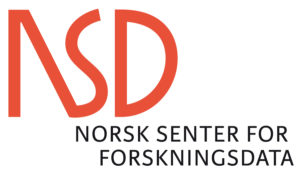Abstract:
In today's digital world, Open-Source Intelligence (OSINT) has a significant role in strategic decision-making due to its affordability, accessibility, and wide applicability. Web archives are based on collecting and analyzing data from publicly available sources such as news sites, academic literature, open databases, the dark web and social media platforms such as Facebook, Twitter, LinkedIn, and Telegram. Social media has emerged as a rich and dynamic source of intelligence, not only for understanding ideological and social trends, but also for supporting cybersecurity and defense operations. The inclusion of artificial intelligence (AI) technologies — especially machine learning and data mining — in OSINT workflows, has made it
possible to manage substantial amounts of unstructured data more efficiently, resulting in more precise and timely insights. This research examines how artificial intelligence can increase the use of open data derived from social media in cyber threat intelligence. The study focuses on Telegram, where both textual and visual content are automatically collected and categorized using GPTbased natural language models. These classified outputs are configured according to the STIX 2.1 standard and integrated into the OpenCTI platform for further analysis. The results show that artificial intelligence-based classification is effective in identifying threat-related content with high accuracy, and visualization of this information in OpenCTİ strengthens situational awareness by highlighting relationships and patterns.
In addition, the use of an open-source threat intelligence infrastructure allows data to be processed and correlated automatically, providing significant advantages in both speed and analytical depth compared to manual methods. The presentation of the results through visual dashboards, timelines and automatically generated reports supports faster decision-making processes. The findings of this study show that artificial intelligence-enhanced OSINT not only improves data processing but also facilitates meaningful interpretation and reporting. The study emphasizes the importance of expanding automation, encouraging collaboration between domain experts and language models, and maintaining ethical standards in data management. The proposed framework provides a practical model for security professionals and intelligence analysts who want to make better
use of publicly available social media data.





